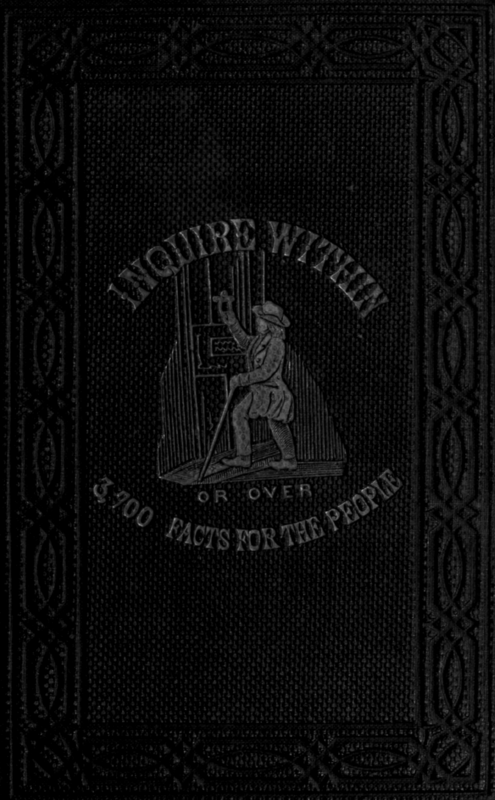
From an interview with Eliezer Pe'er:
'When I learned chess [in the early 20s in Poland] I was taught that one starts with two moves. Also, if one made an illegal move, the penalty was to move with the king.'
Pe'er isn't the only one who mentioned such a penalty move, though he must be one of the last people living who was taught it as a child. This penalty move was often imposed in the 19th century. For instance, Robert Kemp Philips' Inquire Within For Anything You Want To Know Or, Over Three Thousand Seven Hundred Facts Worth Knowing (1859) mentions, inter alia, that:
2360. VI. If the player touch his king, with the intention of moving him, and then finds that he cannot do so without placing the king in check, no penalty can be inflicted on his replacing his king and moving elsewhere. If the player should touch a man which cannot be moved without placing his king in check, he must move his king instead.
This rule was apparently still in force during the first world war, at least in some places. (At the time, no international organization such as FIDE existed to standardize the laws.) Gyula Breyer allegedly(*) used it in a game played in Budapest, 1917, with Johannes Esser (The game score is from chessbase's 2005 "Big Database"; the comments from Eliyahu Fasher's book, Shachmet le'Hana'atcha, p. 184-185):
White: Breyer; Black: Esser. Budapest, 1917. Comments: Fascher.
1. d4 d5 2. c4 c6 3. e3 Nf6 4. Nc3 e6 5. Bd3 Bd6 6. f4 O-O 7. Nf3 dxc4 8. Bb1 b5 9. e4 Be7 10. Ng5 h6 11. h4 g6 12. e5 hxg5 13. hxg5 Nd5

'Breyer, playing White, sacrificed a knight in the opening and upon reaching this position realized the white king has to be on f1. But, fearing that if he will play Kf1 -- clearly an illogical move -- his opponent will become suspicious. So he "mistakenly" touched the a1 rook. He apologized, but his opponent demanded the arbiter apply the law and force Breyer to move his king. After a long argument Breyer "relented" and the game continued:
'14. Kf1 Nxc3 15. bxc3 Bb7 16. Qg4 Kg7 17. Rh7+ Kxh7 18. Qh5+ Kg8 19. Bxg6 fxg6 20. Qxg6+ Kh8 21. Qh6+ Kg8 22. g6

'Now it is clear why the white king has to be on f1 [to prevent 26. ... Bh5+ -- A.P.] Despite being up material, Black cannot avoid defeat. Black tries to return material, but it does not help:
26. ... Rf7 23. gxf7+ Kxf7 24. Qh5+ Kg7 25. f5 exf5 26. Bh6+ Black resigns.'
(*) I say 'allegedly' because Fasher gives no sources for this story, and, as reliable his book is on all matters relating to chess in Israel and Palestine (being one of the most important figures in that field for over 40 years), he sometimes reports as fact tall tales about the old-timers. E.g., he accepts as accurate Zukertort's claims of being a medical doctor and knowing nine languages fluently, the suprious Gibaud-Lazard "shortest master game", etc. What's more, chessbase adds a few more moves (26. ... Kh7 27. Bg5+ Kg8 28. Qg6+ Kh8) before Black's resignation, which do not appear in Fasher's account. If someone can find more reliable evidence for this story, I'd appreaciate it.
No comments:
Post a Comment